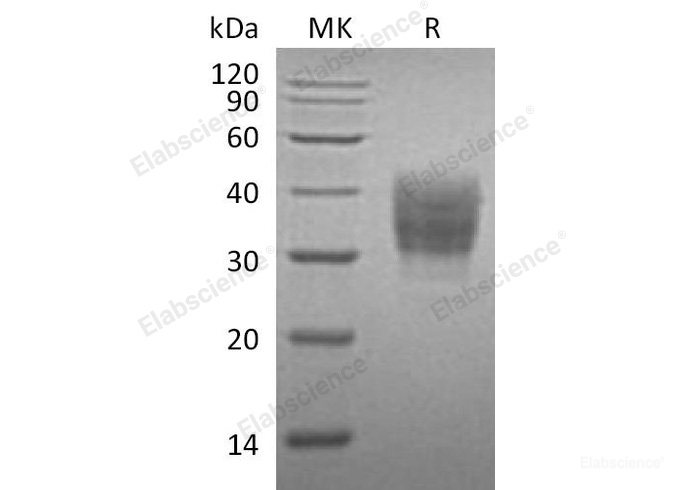Background
SLAM family member 7 (SLAMF7), also known as CRACC, CD319, CD2-like receptor-activating cytotoxic cells, and CS1, is a single-pass type I membrane protein and a member of the CD2 family of cell surface receptors. SLAMF7 is expressed in NK cells, activated B-cells, NK-cell line but not in promyelocytic, B-cell lines, or T-cell lines. Although the cytoplasmic domain of CS1 contains immunoreceptor tyrosine-based switch motifs (ITSM), which enables to recruite signaling lymphocyte activation molecule (SLAM)-associated protein (SAP/SH2D1A), it activates NK cells in the absence of a functional SAP. CS1 is a self ligand and homophilic interaction of CS1 regulates NK cell cytolytic activity. CRACC positively regulated natural killer cell functions by a mechanism dependent on the adaptor EAT-2 but not the related adaptor SAP. However, in the absence of EAT-2, CRACC potently inhibited natural killer cell function. It was also inhibitory in T cells, which are typically devoid of EAT-2. Thus, CRACC can exert activating or inhibitory influences on cells of the immune system depending on cellular context and the availability of effector proteins.







